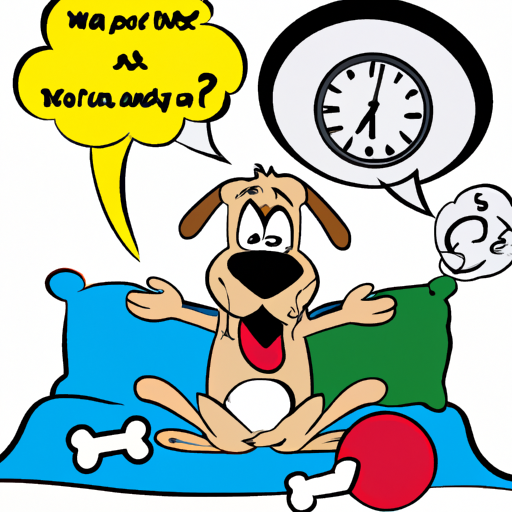As a devoted caregiver to your canine companion, you’ve likely noticed an array of sounds emanating from your furry friend. One particularly intriguing noise is the loud sigh. Just like humans, dogs have a rich and expressive nonverbal language. In this article, we’re going to delve into the reasons for this expressive canine behavior.
H2: Understanding Canine Communication
Dogs have a complex system of communication, using a combination of body language, sounds, and scents. This rich tapestry of communication is often missed by us humans who rely primarily on verbal communication.
-
Body Language: A dog’s body language can communicate everything from their mood to their intentions. This includes everything from the positioning of their ears, the wagging of their tails, and even the subtleties of their eye movements.
-
Sounds: Dogs use a variety of sounds to communicate. This includes barking, growling, whining, and yes, sighing. These sounds can mean different things depending on the context in which they are used.
-
Scents: Dogs have a much more developed sense of smell than humans and use scents as a crucial part of their communication strategy. They can detect pheromones and other scents that we can’t, providing them with additional information about the world around them.
H2: The Significance of a Sigh
Dogs sigh for a variety of reasons, much like humans. They might sigh out of contentment, frustration, or simply because they’re settling down for a nap. Here’s a closer look at the different reasons:
-
Contentment: A dog might sigh loudly after a good meal or a long walk, signaling they are content and satisfied.
-
Frustration: Just like humans, dogs can sigh out of exasperation. This usually happens when they want something but can’t get it.
-
Relaxation: If your dog sighs as they plop down on their bed, it’s a sign they are ready to relax and sleep.
H2: Is a Loud Sigh a Cause for Concern?
Most of the time, a dog’s loud sigh is nothing to worry about. It’s a normal part of their communication. However, if it’s accompanied by other symptoms, it might be a sign of something serious.
| Symptoms | Possible Cause |
|---|---|
| Increased frequency of sighing | Anxiety or stress |
| Sighing accompanied by coughing | Respiratory issue |
| Sighing with a change in behavior or appetite | Illness |
If your dog exhibits any of these symptoms alongside their sighing, it’s best to consult a veterinarian.
H2: How to Respond to Your Dog’s Sighs
Your response to your dog’s sighs should depend on the context. If they sigh out of contentment, simply continue providing them with the love and care they deserve. If the sigh seems to stem from frustration, try to understand what they might be wanting. And if it’s a sigh of relaxation, let them rest.
Remember, you know your dog better than anyone, so trust your instincts when interpreting their nonverbal communication.
H2: Frequently Asked Questions
-
Why does my dog sigh when she lays down?
This is a common behavior that usually signifies your dog is relaxing and getting ready to sleep. -
Can a dog’s sigh indicate they’re in pain?
If your dog’s sighing is accompanied by other signs of discomfort, such as restlessness, loss of appetite, or changes in behavior, it could indicate that they’re in pain. -
What should I do if my dog is sighing excessively?
If your dog’s sighing seems excessive or is accompanied by other symptoms, it’s best to consult a veterinarian.
Understanding your dog’s nonverbal cues, including their loud sighs, can help you better meet their needs and strengthen your bond with them. As a caregiver, your role is crucial in ensuring your dog’s happiness and well-being—so keep being attentive, loving, and responsive.



